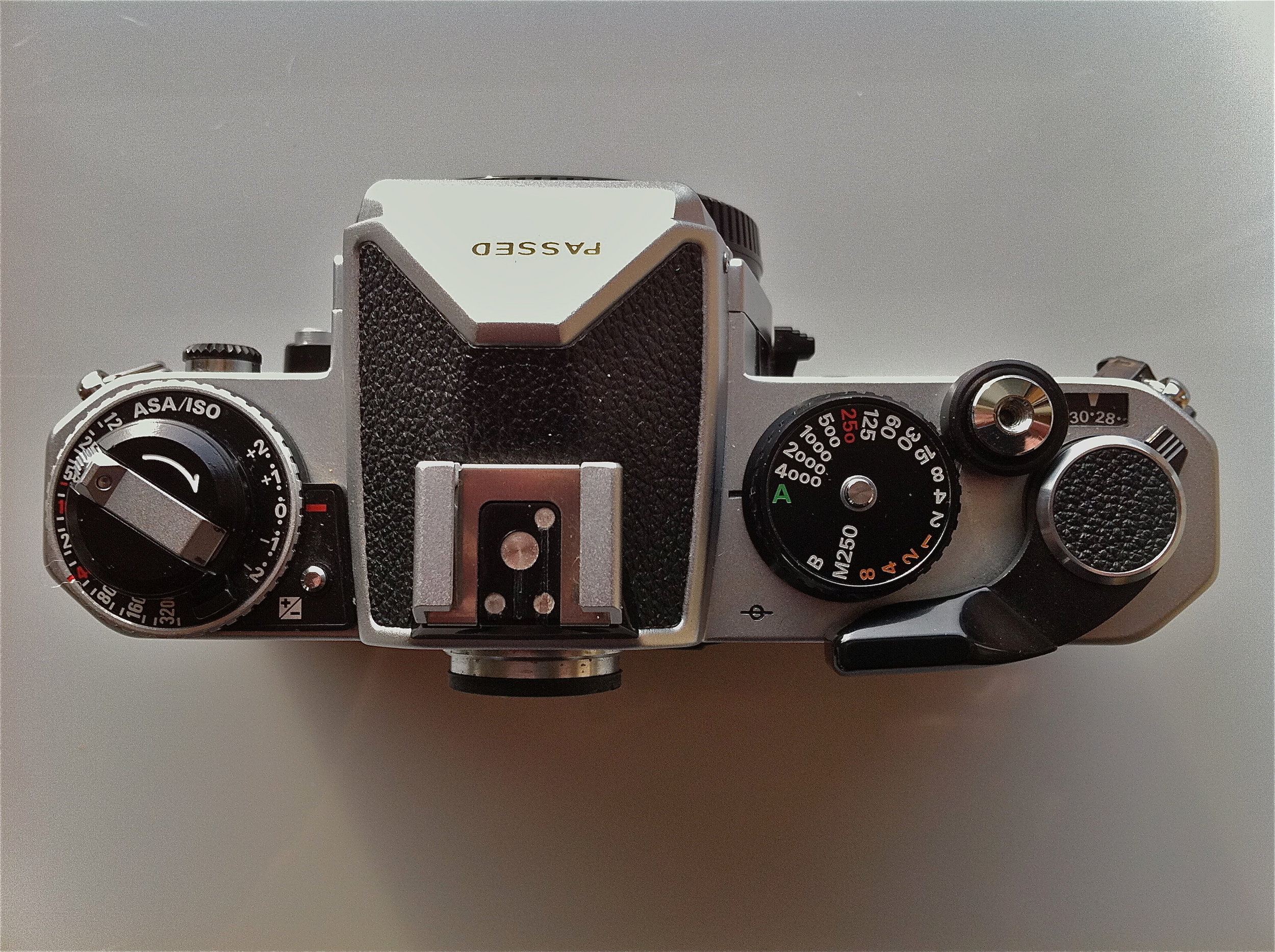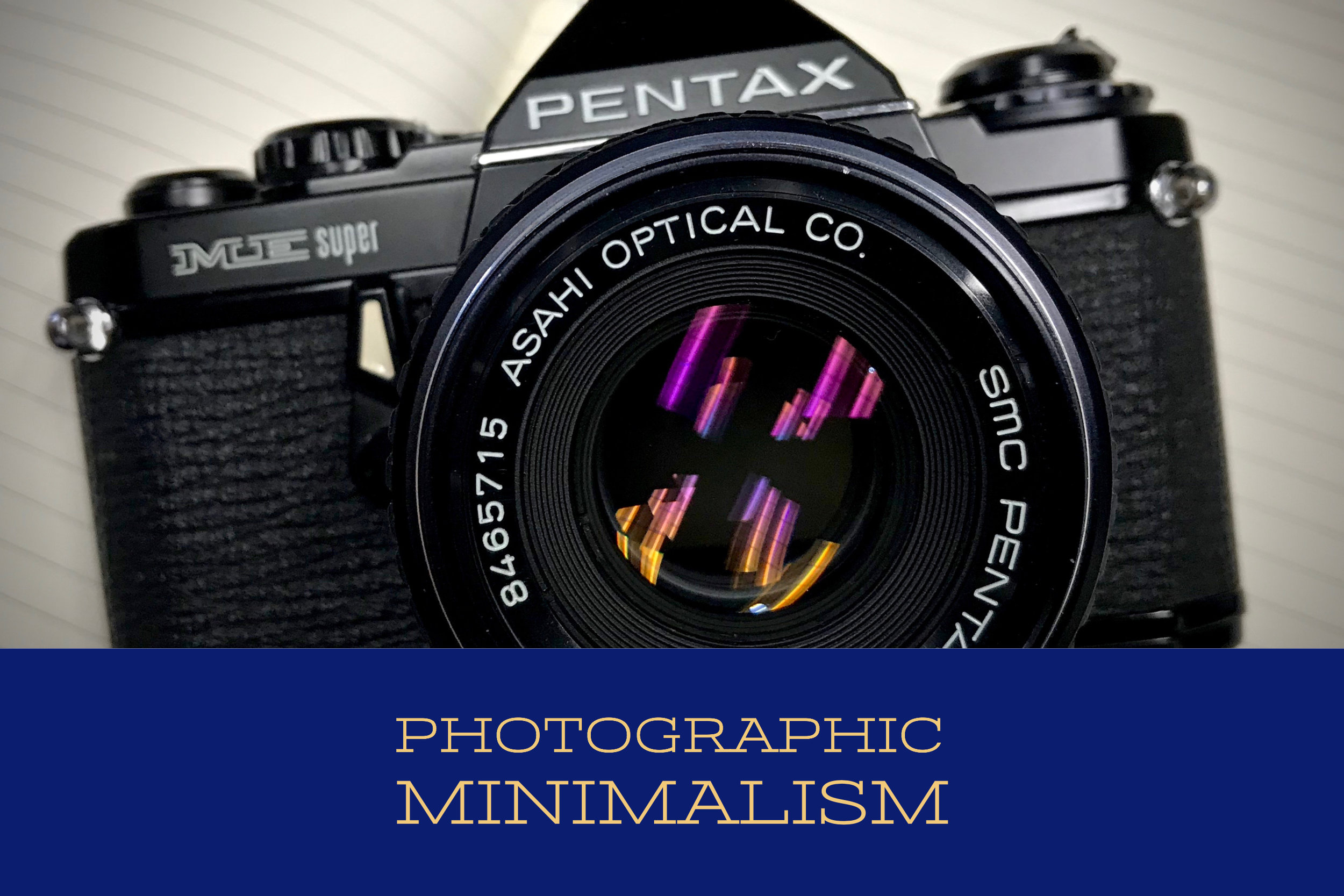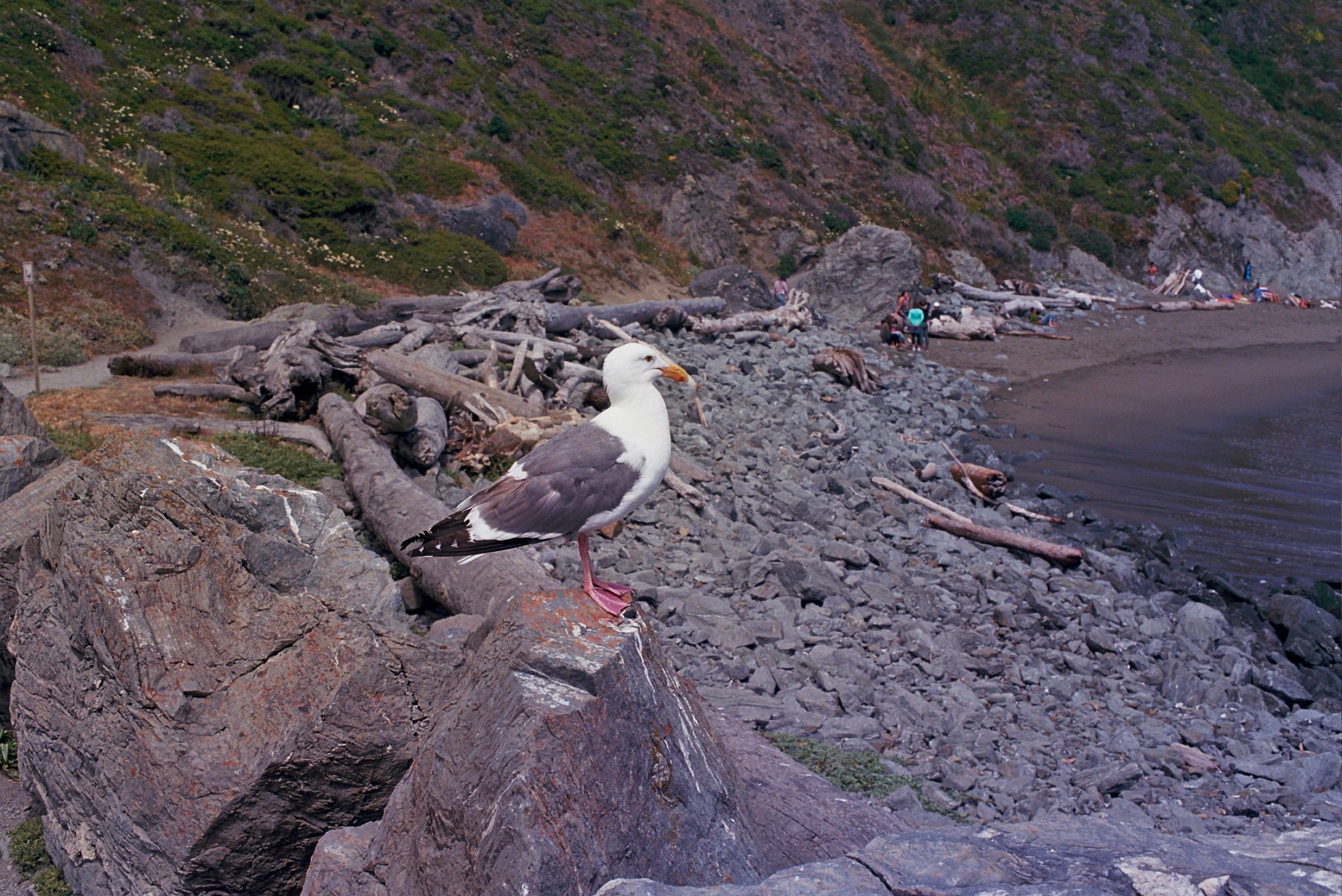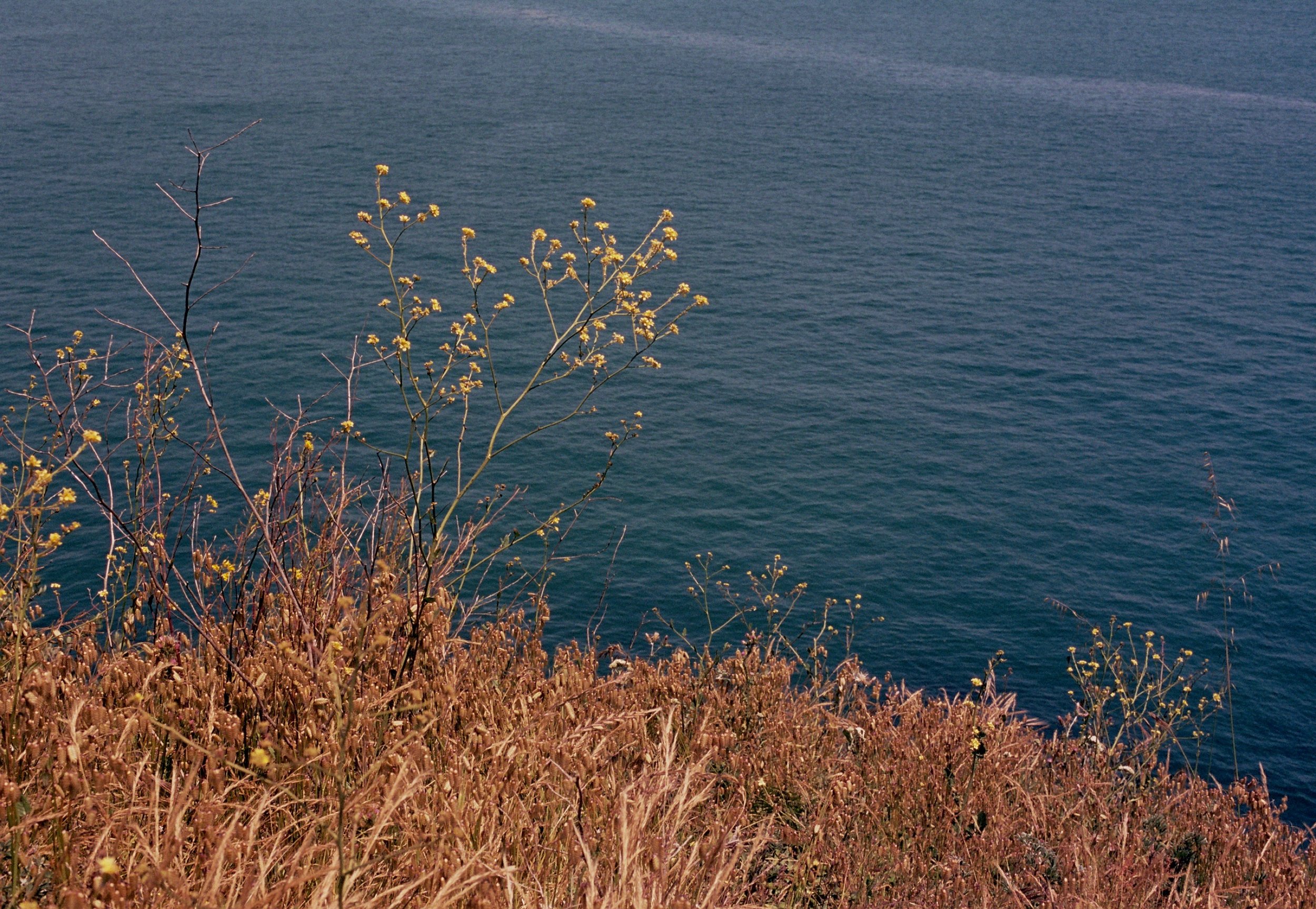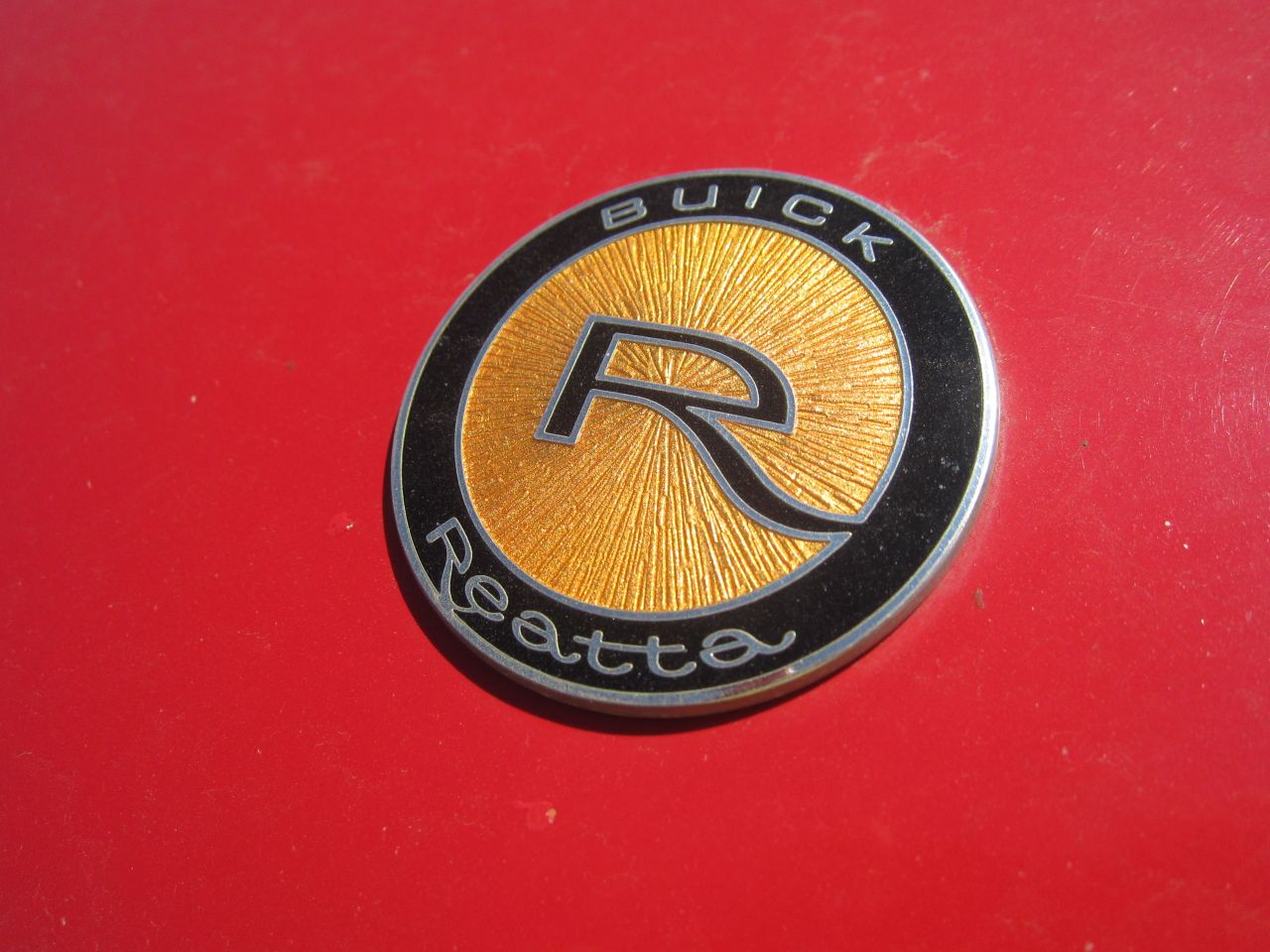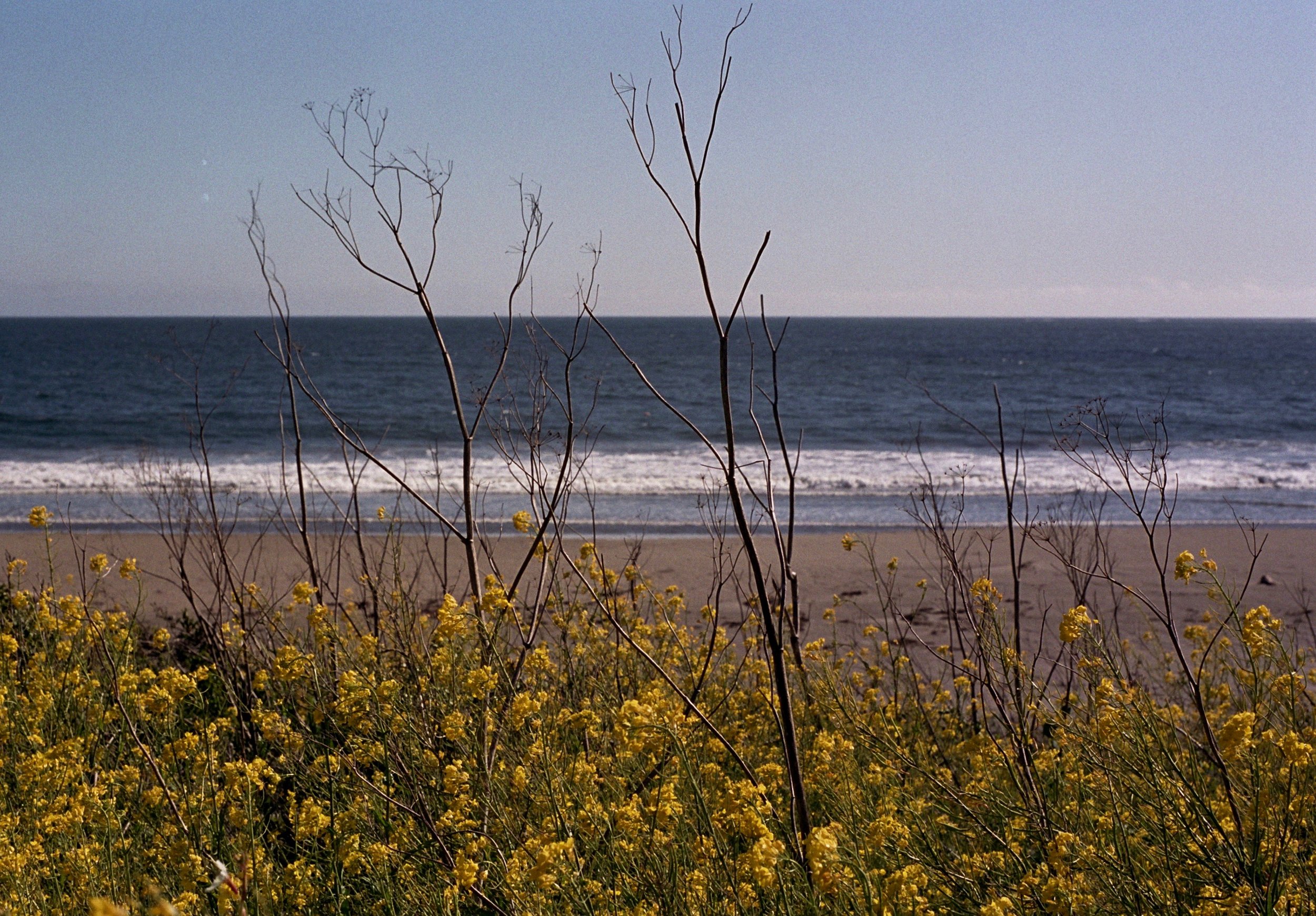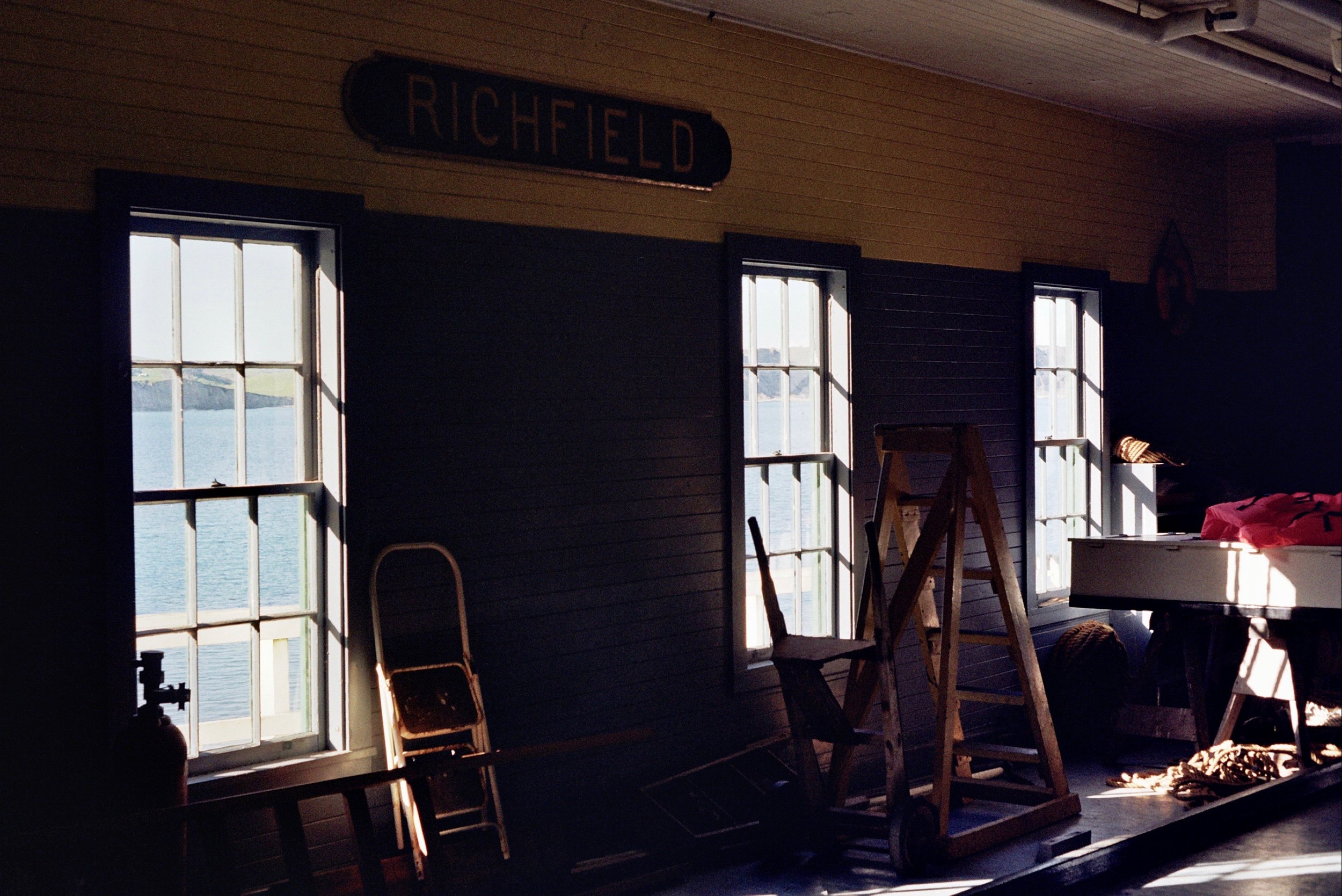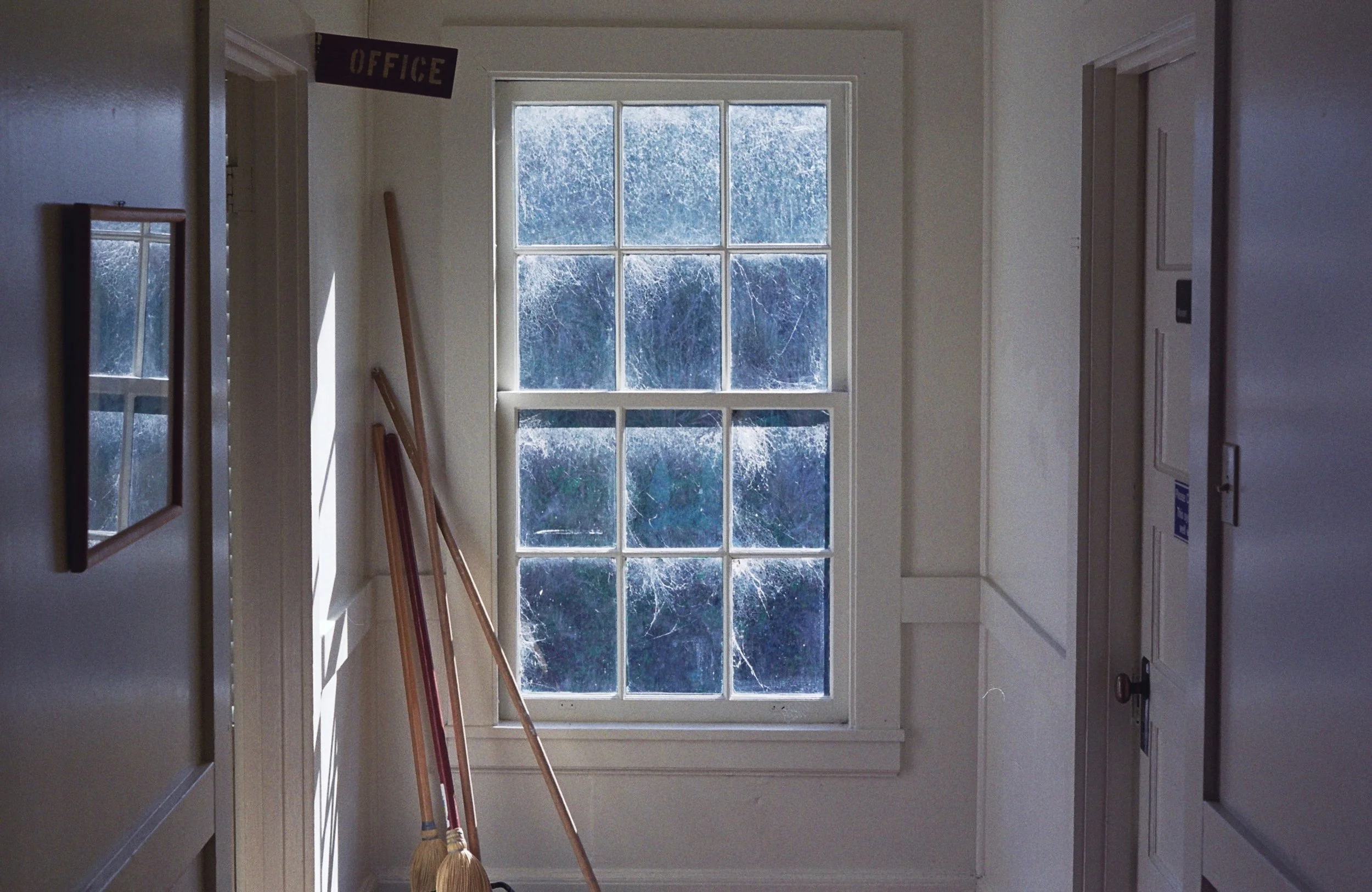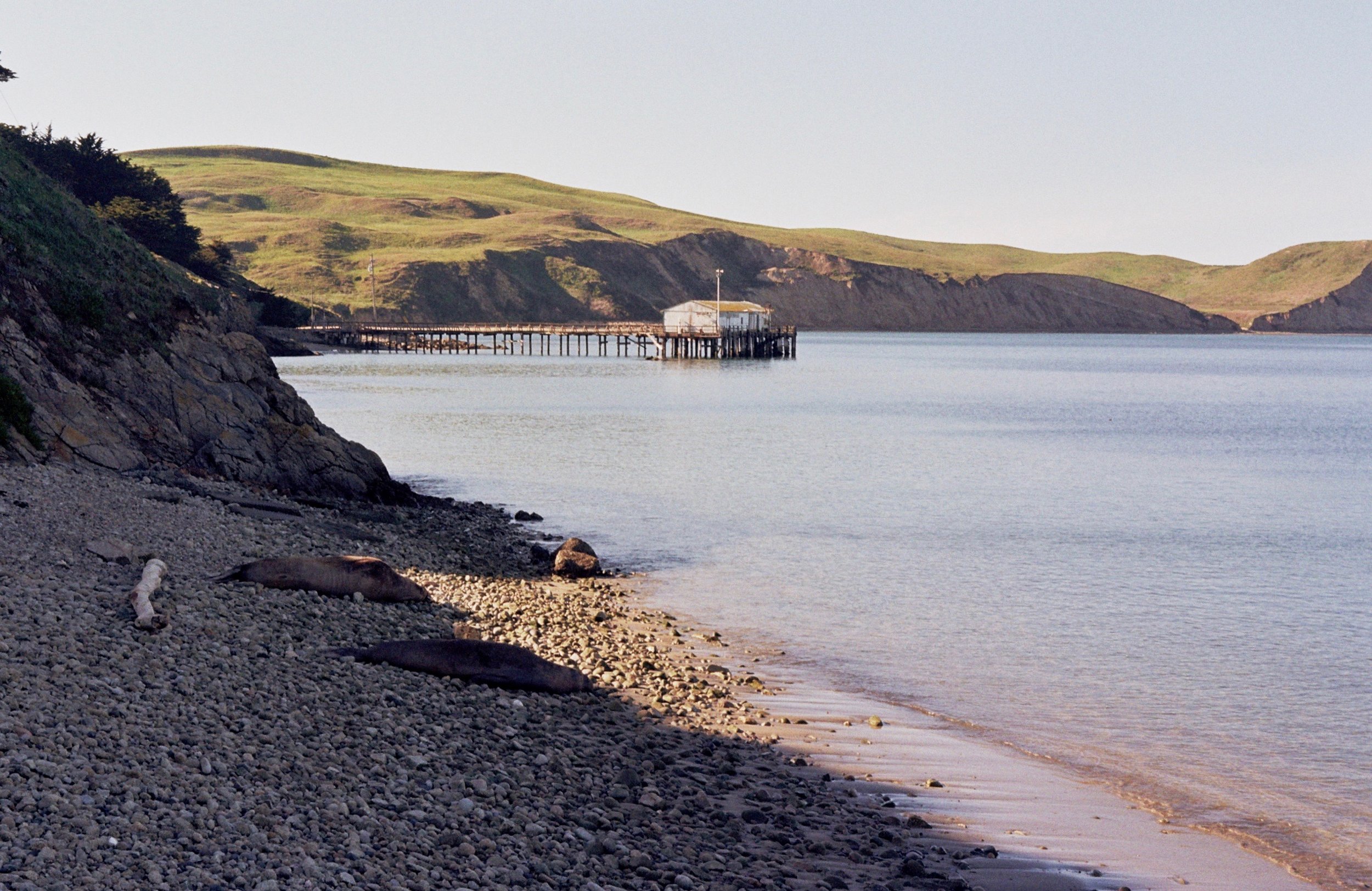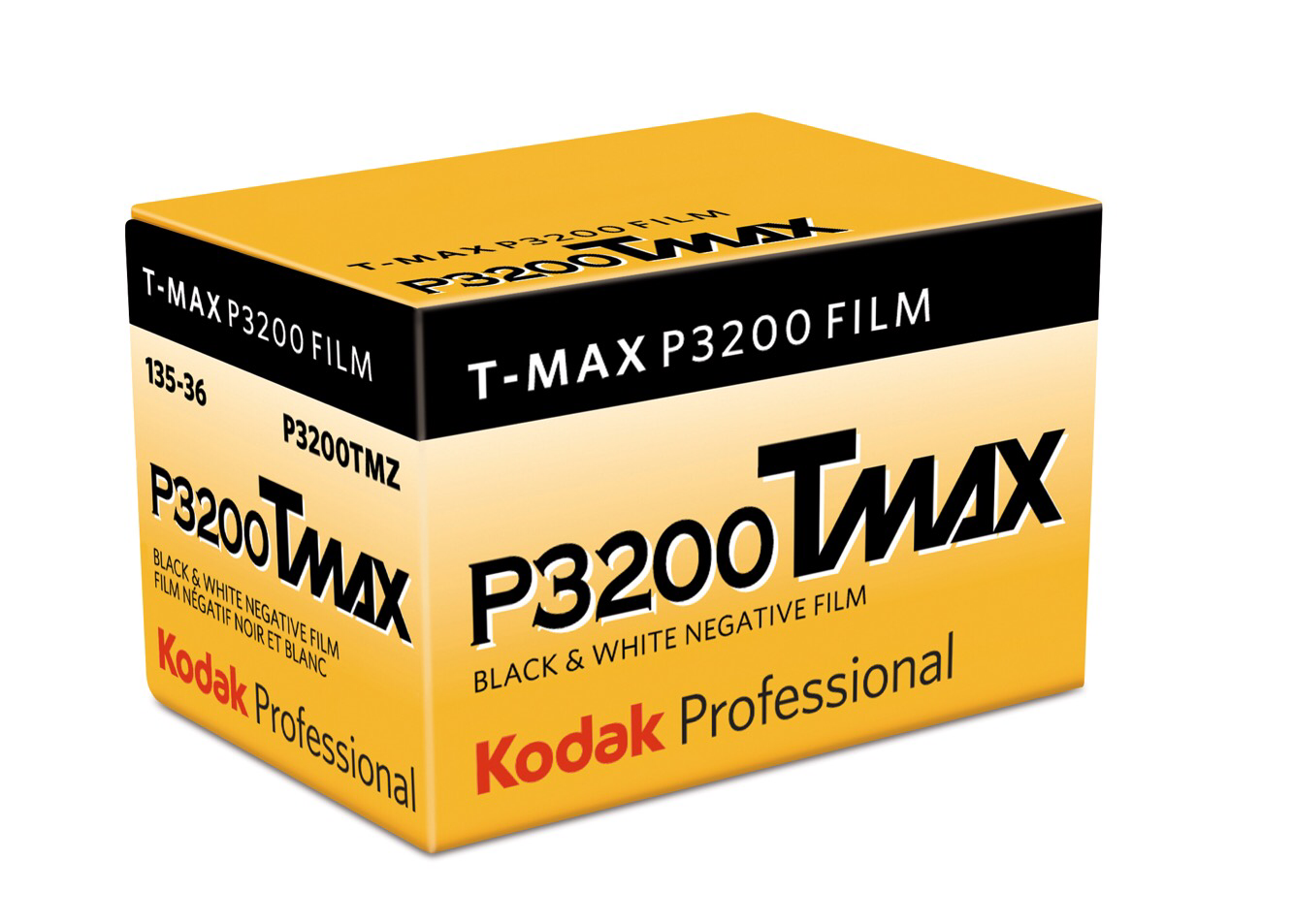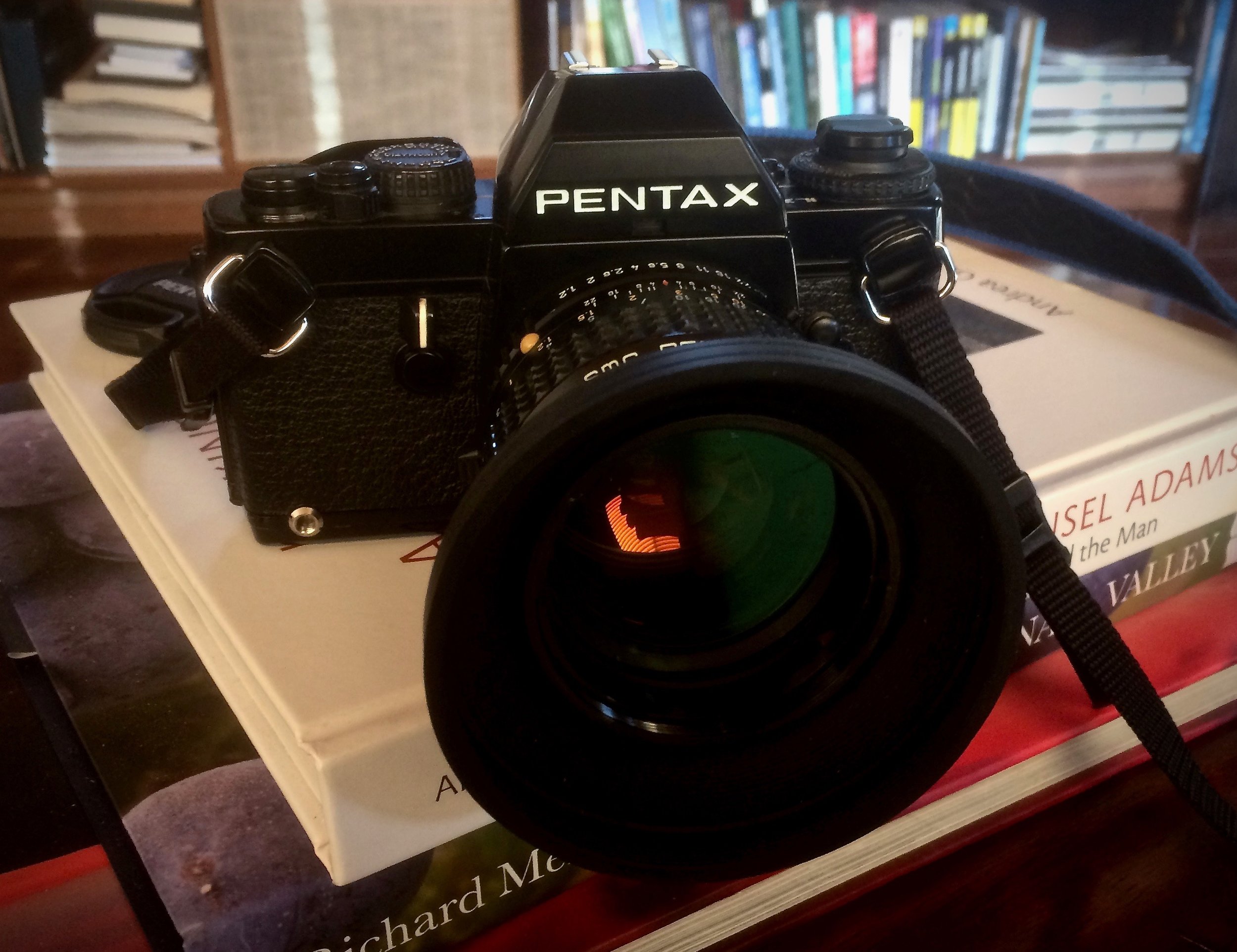I openly admit to a certain degree of camera snobbery. When I got back into analog photography in serious fashion nine years ago, I had, for the first time in my life, some fun money to invest in the hobby. This bit of cash happily coincided with the sudden affordability of some once very expensive film cameras. With that, I worked my way through some legendary equipment: Leica M, Hasselblad V-Series, Nikon F2, F4 and F5, Pentax LX, Nikon rangefinders, medium format Mamiyas and C/Y mount Contax.
I don't regret spending money or time on any of these and learning to shoot each camera has expanded my knowledge not only of the hardware but of the photographic process as well. It's all good.
The funny thing is, with a few exceptions, the cameras I've had the most fun with are those that are either terribly simple machines or those that were designed more for the mass market rather than the professional one. Like the Pentax ME. A simple, small, basically point and shoot SLR that, despite its made for the masses auto everything design, never fails to deliver big fun and great photographs.
Owing to my aforementioned camera snobbery, I have also purposely avoided two of the most popular and best selling 35mm cameras of all time: The Canon AE-1 Program and the Minolta X-700, but after discovering how wonderful the Minolta XD and XE-7 are, I thought I should put aside any preconceived notions and give the X-700 a try.
The X-700 debuted in 1981 as Minolta's response to Canon's hot AE-1. Auto exposure cameras were still magical things in those days and the ever expanding market of advanced amateur photographers provided plenty of incentive for camera companies to pour money into design and development of bodies that offered fully automatic exposure or varying levels of manual exposure at a flick of a button. The X-700 offered "MPS" for Minolta Program System which was a sophisticated metering system that allowed the camera to meter the scene and select the correct combination of aperture and step-less shutter speed to yield a perfect exposure. Photographers loved it! Minolta sold tons of X-700s and it was named "1981 European Camera of The Year."
To keep the cost of the X-700 affordable, Minolta replaced metal body and mechanical parts with plastic and went with a silk shutter over the metal ones used in the previous XD and XE bodies. As a metal camera guy -- nothing like shooting a Pentax Spotmatic or Nikon F2 -- I couldn't imagine enjoying the shooting experience of a camera like the X-700. I will say, humbly...I was wrong.
Acquiring & Shooting The X-700
Since Minolta made oodles of these, they are readily available on eBay and Craigslist. I found mine on eBay for under a hundred bucks complete with strap, 50mm f/1.7 MD lens and shipping.
If you prefer manual, aperture or shutter-priority shooting, there are plenty of 35mm SLR cameras that are better choices than the X-700, but for carefree, let the camera do the thinking, get out and have fun, jump up and down analog photographic joy, it's a hard camera to beat.







